All About Cotton Woven Fabric
Woven cotton fabric comes in virtually any solid color and tons of fun prints, and can be used for crafting, quilting, home decorating and garments. Do you know woven cotton has different directions called “grain lines,” and that one direction is stronger and more stable than any other?
Watch this video tip to learn about the different directions of a woven fabric, and read on below for more tips for sewing with cotton wovens!
All of these types of cotton fabrics are manufactured with two sets of threads woven together at right angles to each other in an over-and-under pattern.
Long threads running the full length of the fabric form the warp of the weave, and the shorter threads running across the edges of the fabric for the weft. More about warp and weft later!
Most quilting and novelty cotton fabrics are 42″ to 45″ wide measuring across the finished selvage edges. Tiny loops are formed by the threads on each side of the fabric during the manufacturing process forming the tightly woven selvage edge. When you look closely at printed fabric, you may find the manufacturer’s information printed right on the selvage. Since this part of the fabric is a much tighter weave and has a tendency to shrink more than the body of the fabric, it’s often cut off and discarded.
Yet some selvage edges can be really cool! Selvage edges can be printed with registration marks, color proofs, and information about the designer, the fabric line, or the manufacturer.
Some people have even found a creative way to save the selvage and use these bits in projects, learn how you can sew with selvages here!
Just remember, the warp threads run up and down the length of the fabric, and weft threads run across the width of the fabric. The warp and weft create the grainline or direction of the woven threads in the fabric and can be crucial to cutting out some patterns.
The major grainline directions in cotton woven fabrics are as follows:
- Threads running the length of the fabric perpendicular to the selvage edge form the lengthwise grain.
- Threads running across the fabric at a 90° angle to the lengthwise grain form the crosswise or cross grain.
- The 45° angle between the warp and weft threads form the bias.
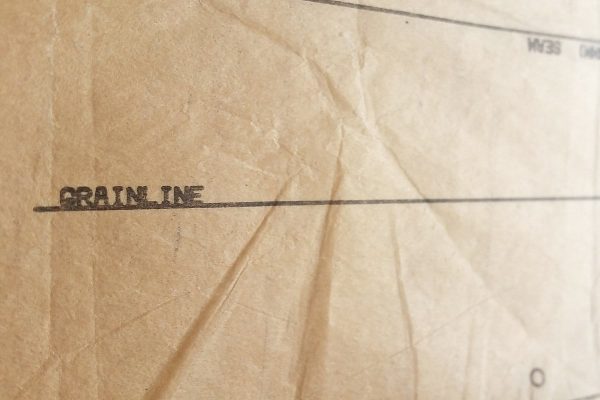
Knowing the grainline of the fabric is important for cutting out patterns and patchwork to make use of the strongest direction of the fabric. The lengthwise grain, made from the warp threads are the strongest and most stable. Garment patterns note which way to cut on the grainline to take advantage of the strength of the grain. Or, a pattern may use the bias direction of fabric to form a softer drape in a garment.
When cutting patchwork for quilting, some do find it important to pay attention to grainline. Cutting squares for a nine-patch quilt on-grain will make the pieces easier to sew together, and may create a stronger quilt top overall than cutting the patchwork squares on the bias. Some quilters feel that cutting on-grain is a preference, so it may be best to try it, either way, to see if you prefer your pieces always cut on grain, or if grainline isn’t an issue for you as a quilter.
Cotton woven fabrics are relatively stable to sew, and make a perfect choice for beginning sewists! If you’re just starting out sewing, here are recommendations for how to sew with cotton woven fabrics.
- Pair the fabric with a sharp or microtex needle in a size 65/9 or 70/10 for lightweight cotton wovens, or size 75/11 or 80/12 for medium weights. Find out more about sewing machine needles and which to pair with what fabrics here.
- If you are making seams with a straight stitch (like patchwork seams, or sewing a simple pillowcase), try using a straight stitch needle plate paired with a straight stitch foot like the Jeans foot #8/#8D, Patchwork foot #37/#37D, Patchwork foot with guide #57/#57D, or Patchwork foot #97/#97D. The combination of straight stitch needle plate and foot will help support the fabric as the needle takes each stitch. But don’t forget to switch out the needle plate if you are changing to a zigzag stitch—or you will break a needle!
- Press or iron cotton well! Good pressing tools are a sewists best friend. Read about the difference between pressing and ironing here.
- To pre-wash or not to pre-wash? That is an important question! This technique falls under the “use your favorite method” category. If you are wash first kind of sewist, check out these fabric pre-wash tips from WeAllSew.
And my last tip, enjoy the fun in these fabrics! There are so many different solid colors and prints to choose, you’re sure to find lots of fun fabrics to add to your stash.
What you might also like
One comment on “All About Cotton Woven Fabric”
Leave a Reply
You must be logged in to post a comment.
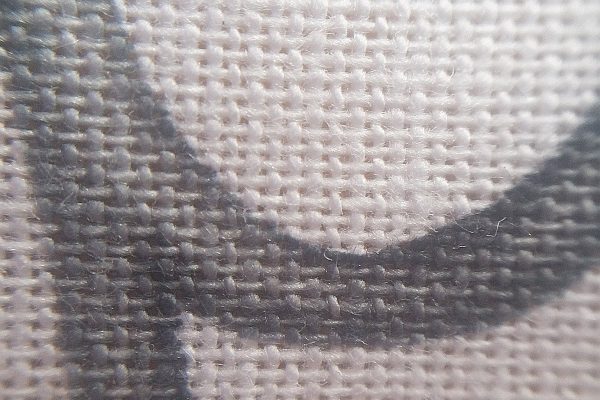
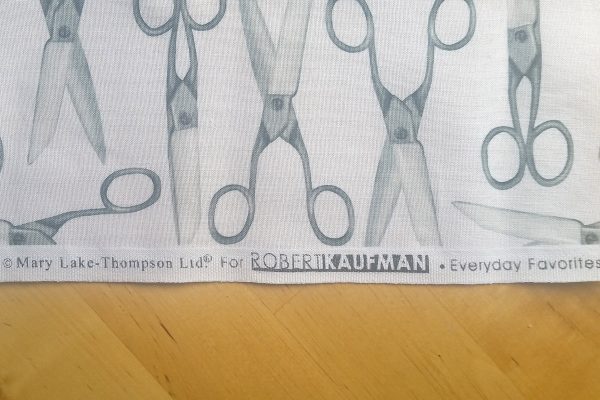
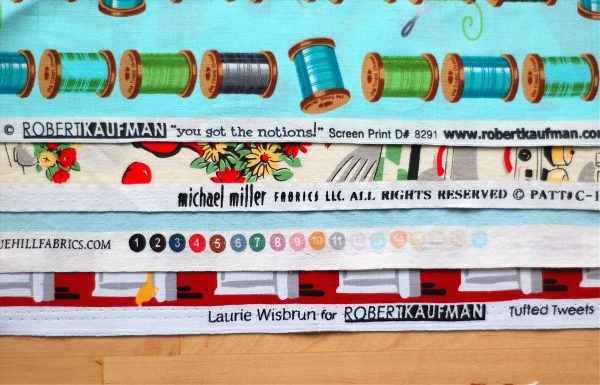
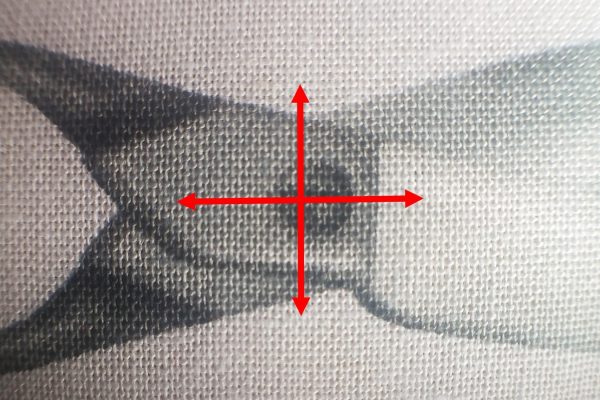



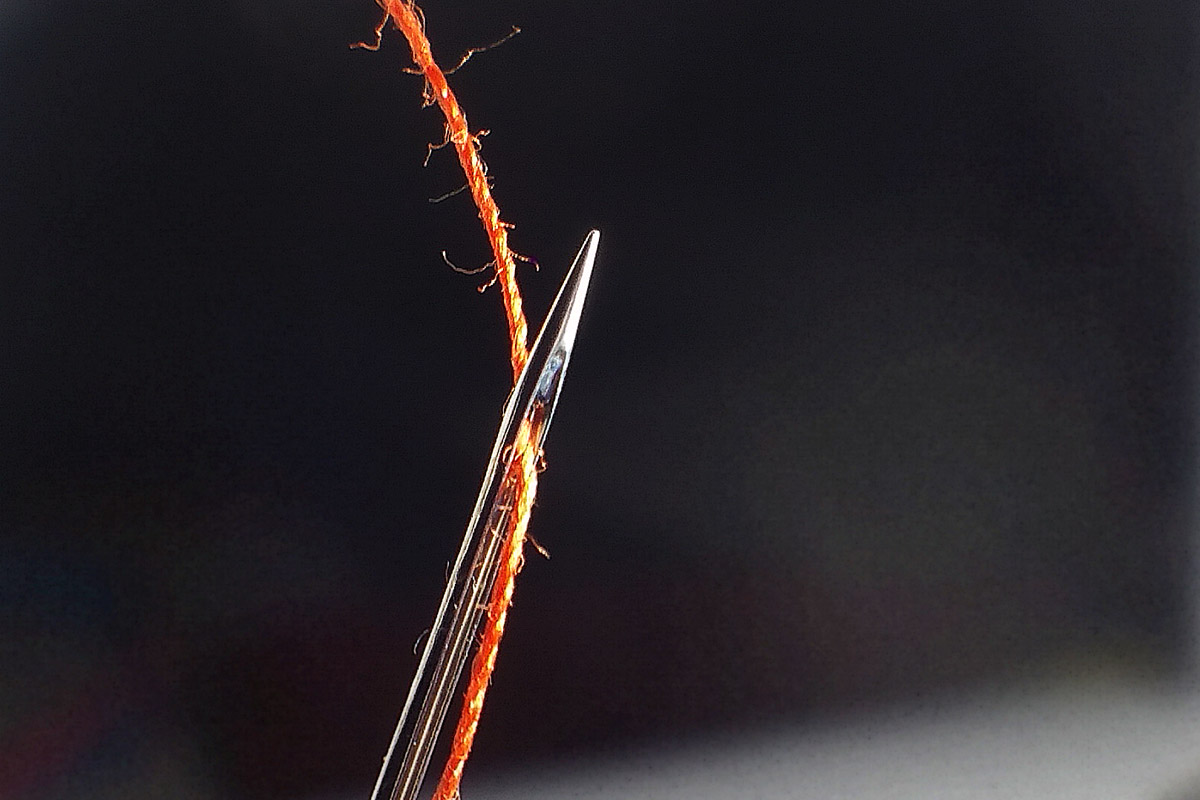
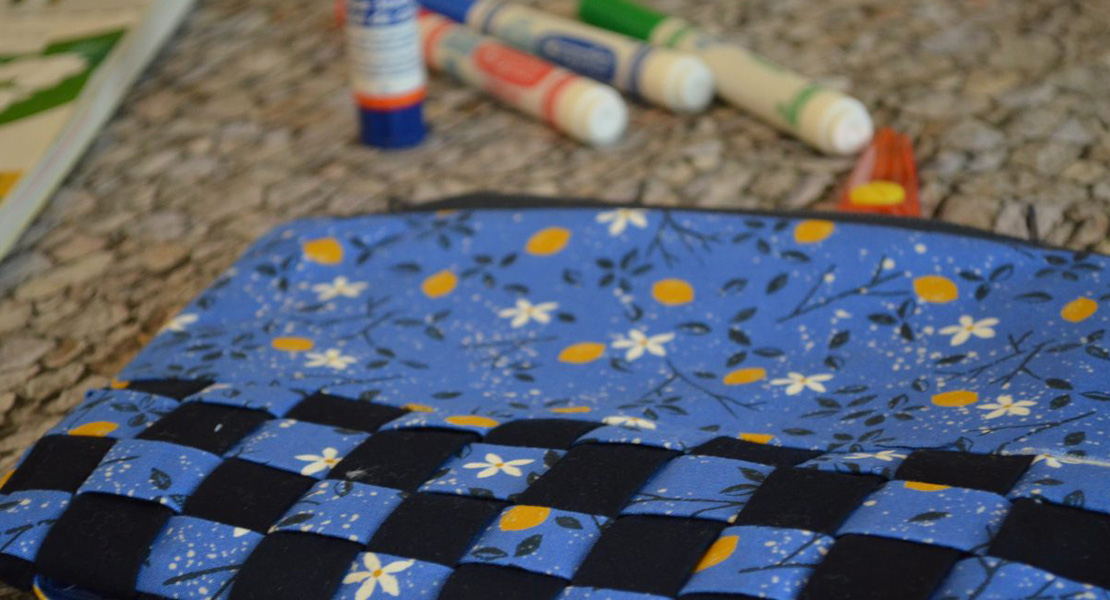
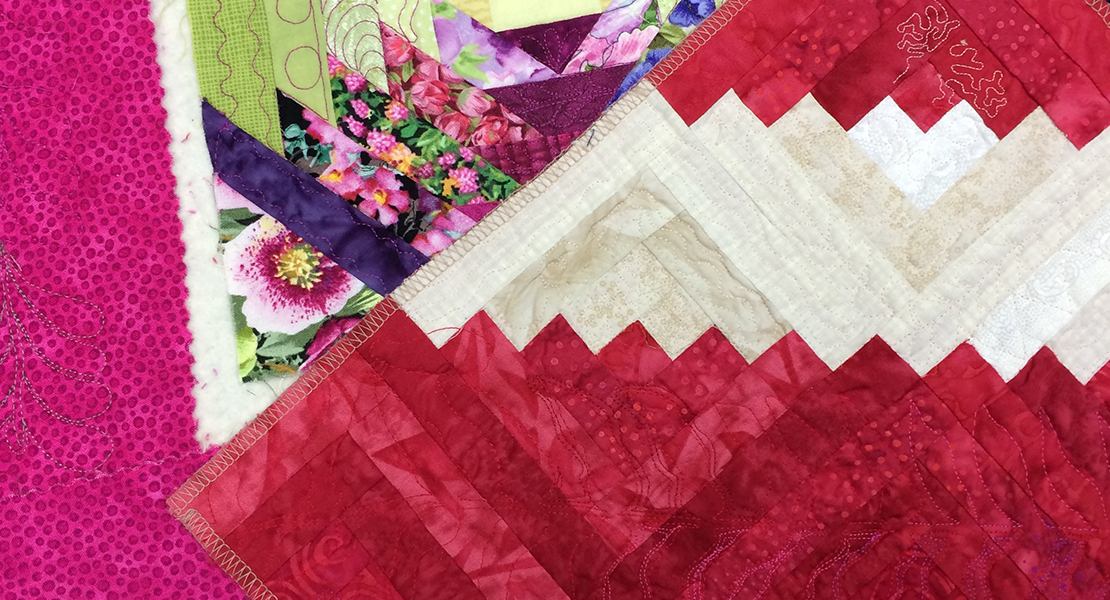

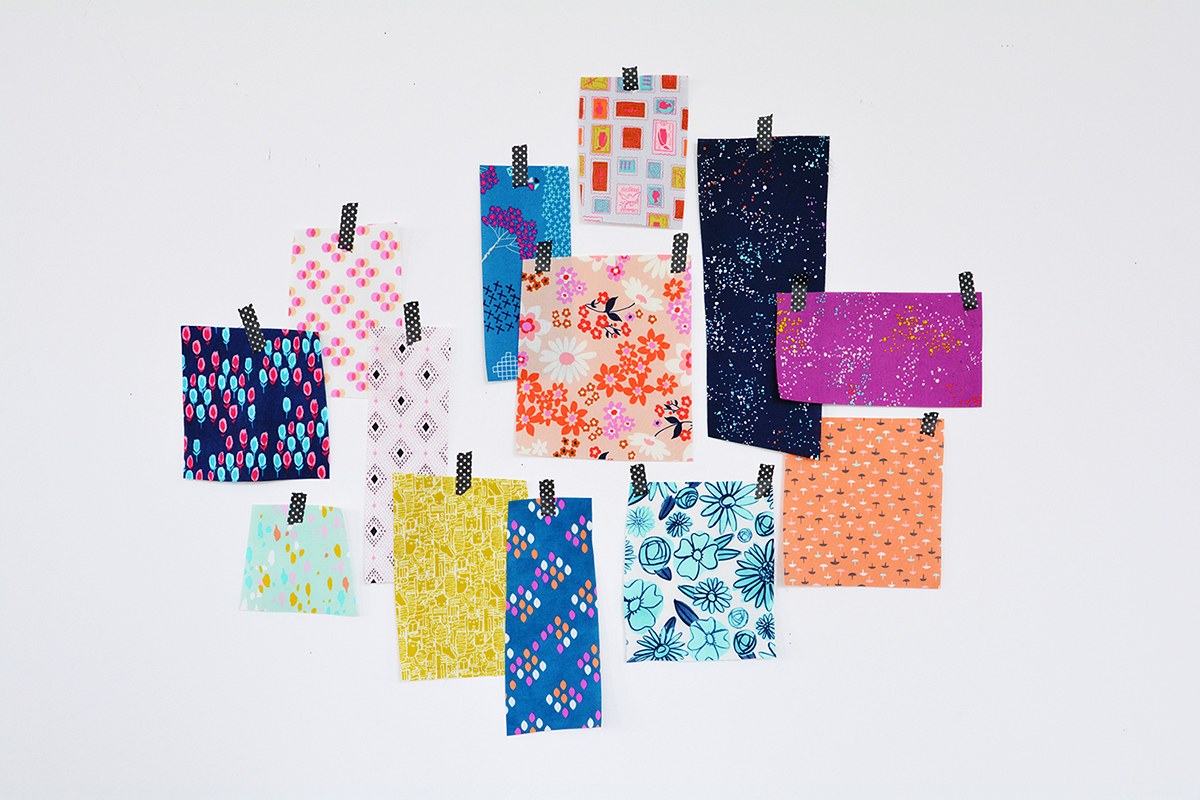
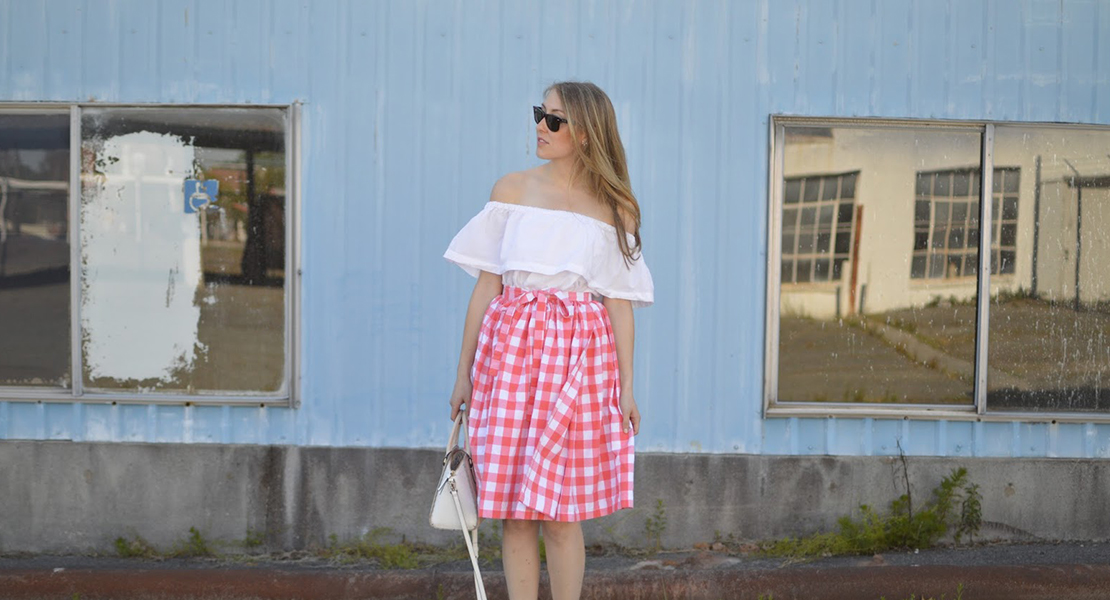


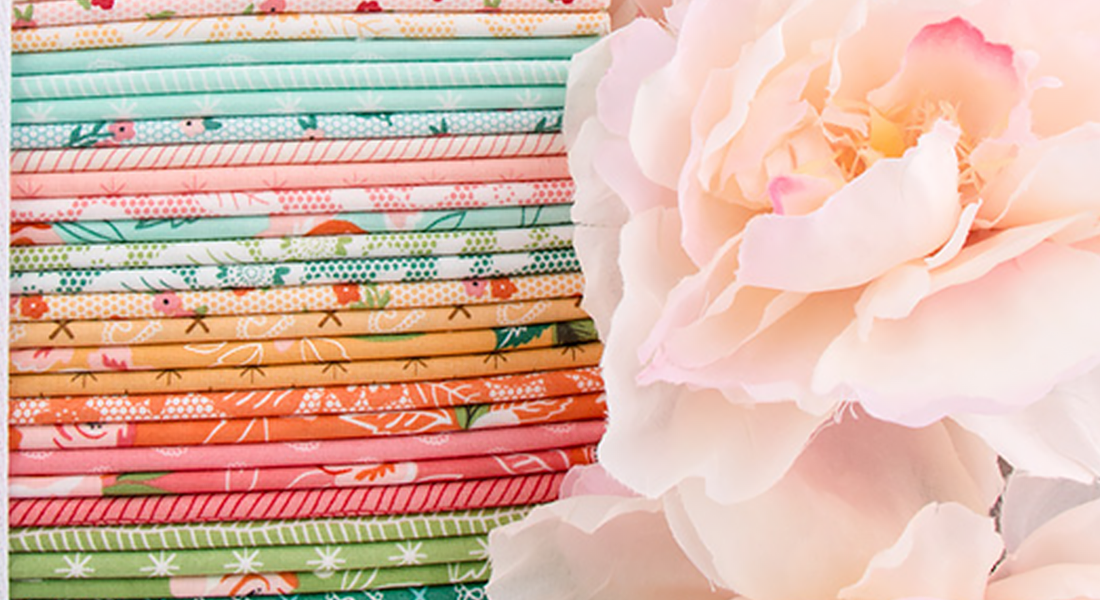
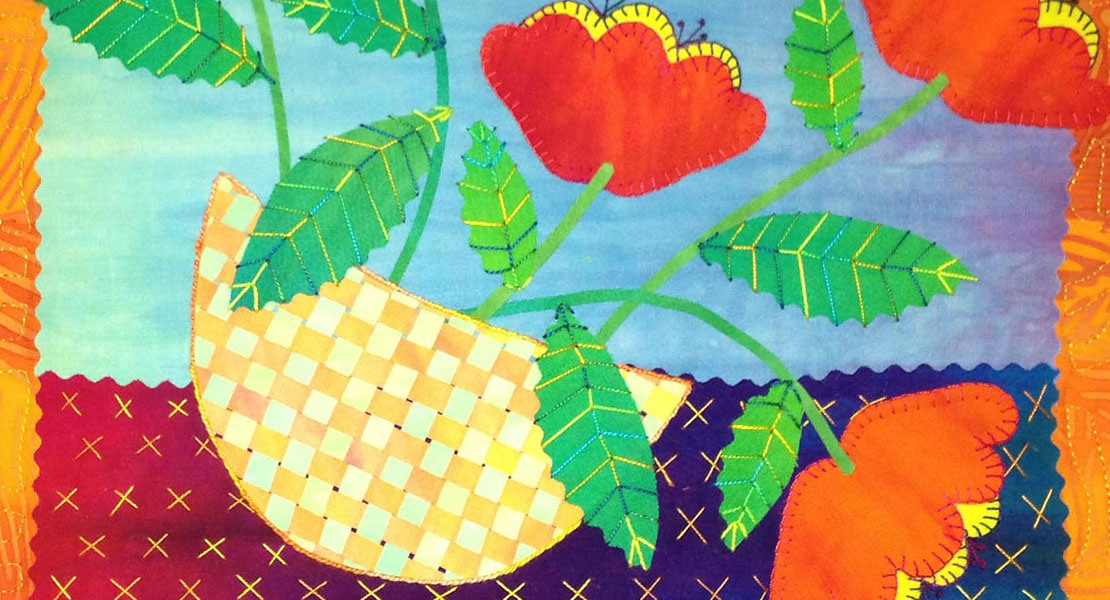
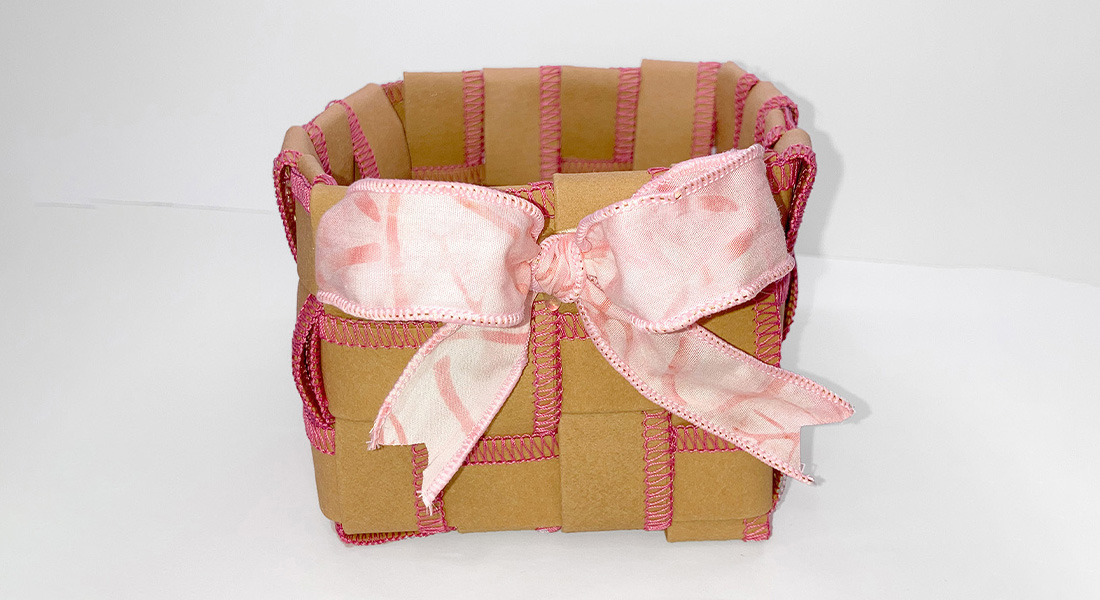
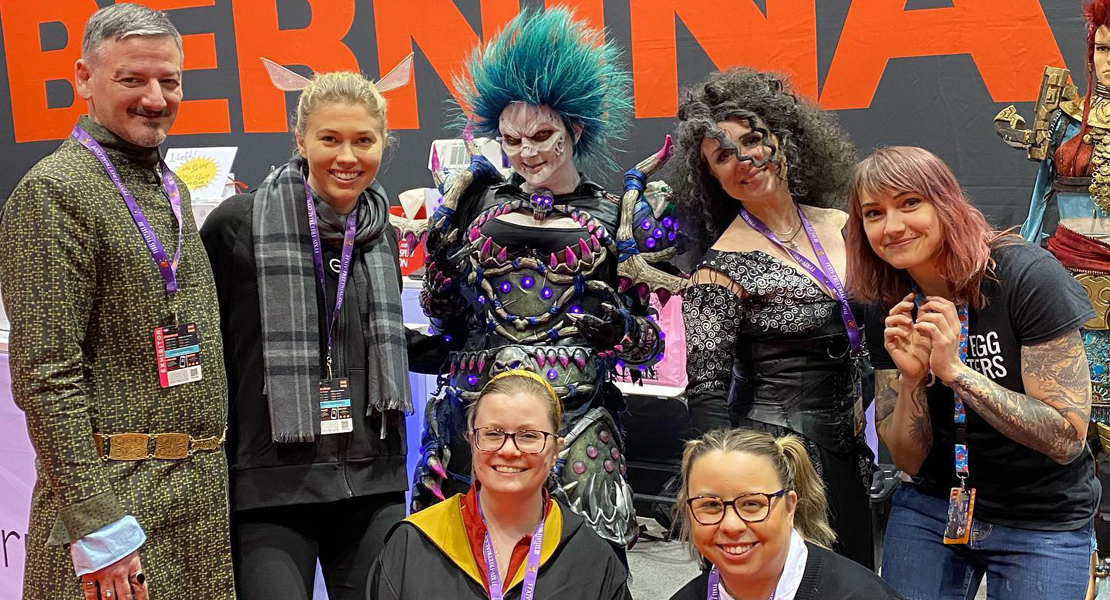
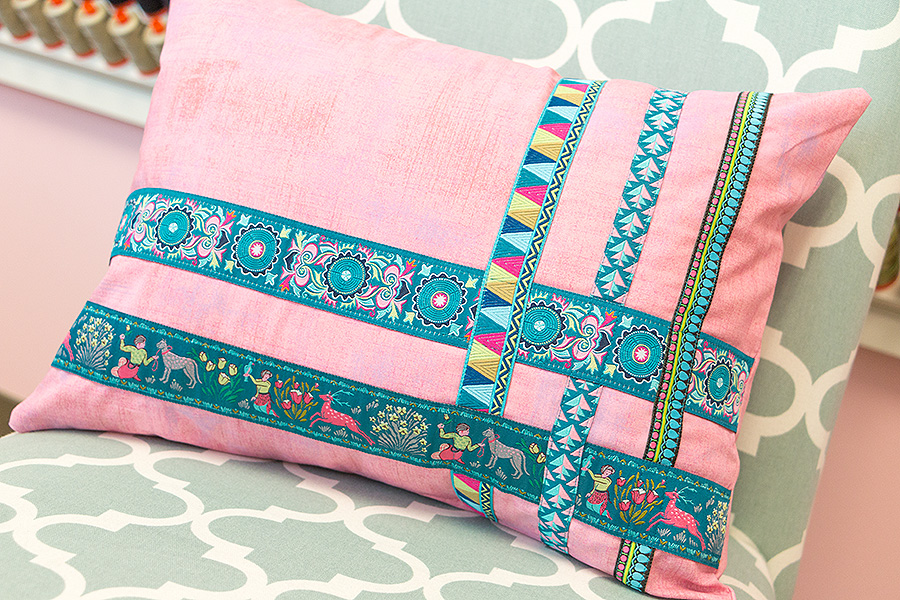
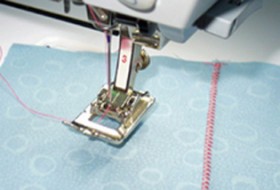
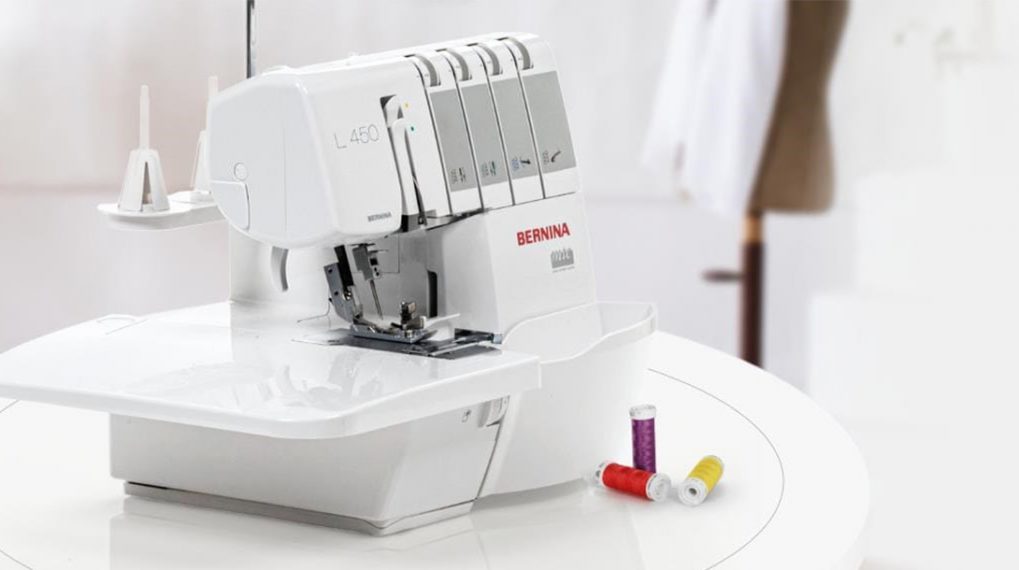
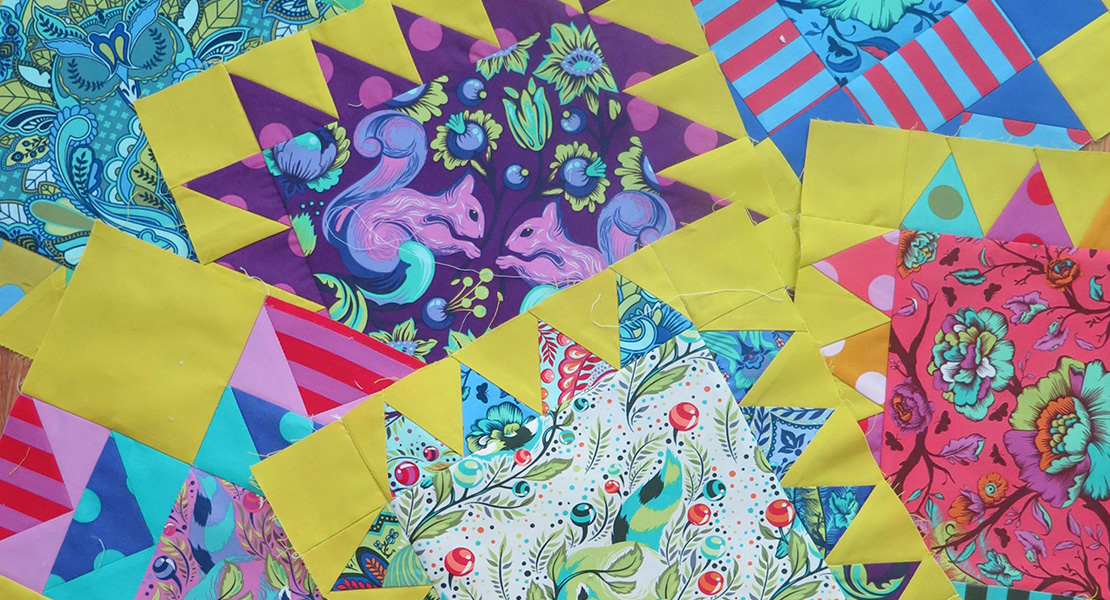


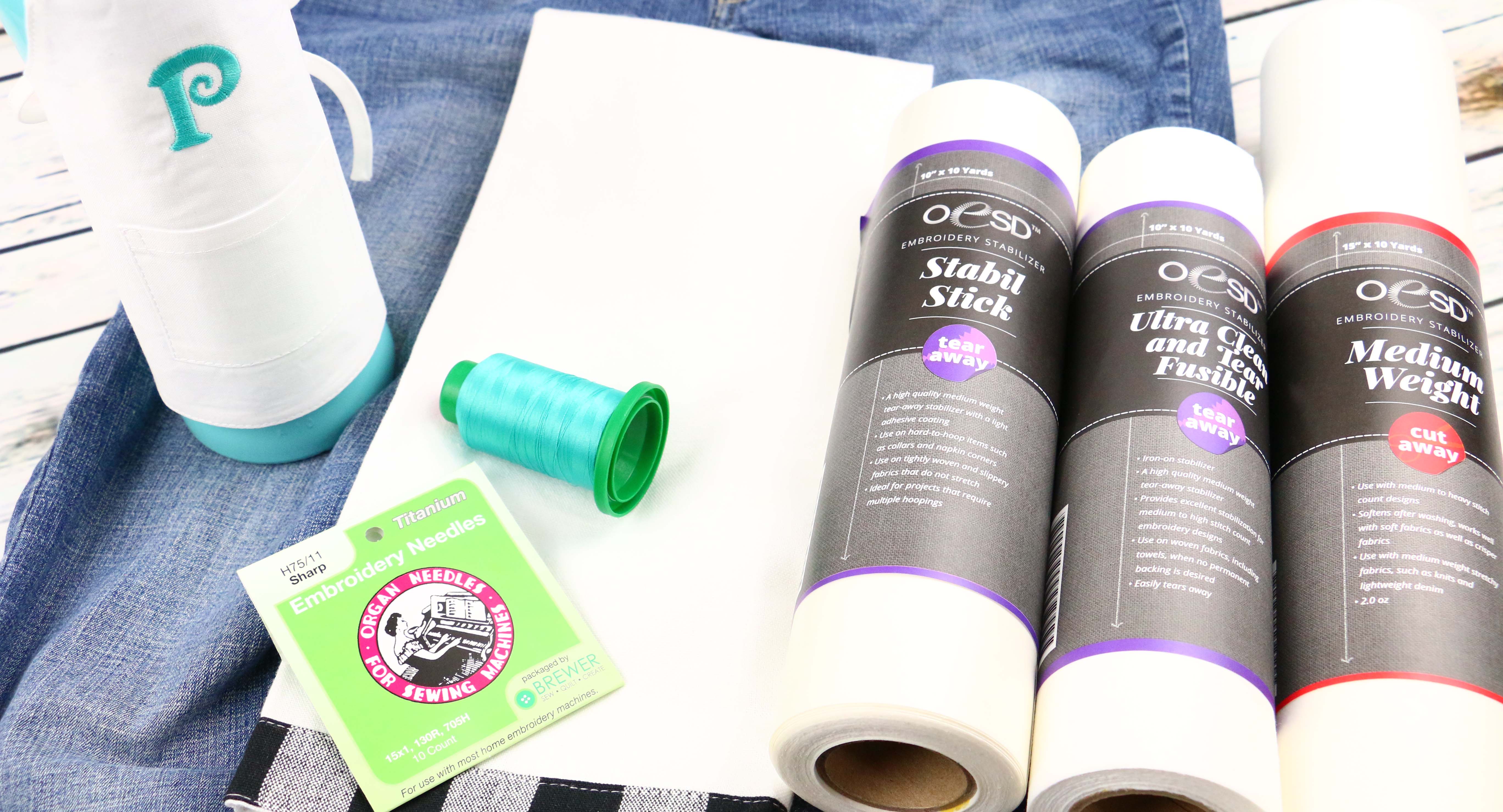
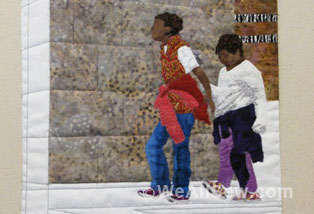

Shouldn’t this say: Threads running the length of the fabric PARALLEL to the selvage edge form the lengthwise grain.
If not, I’m still confused…please respond. Thank you.